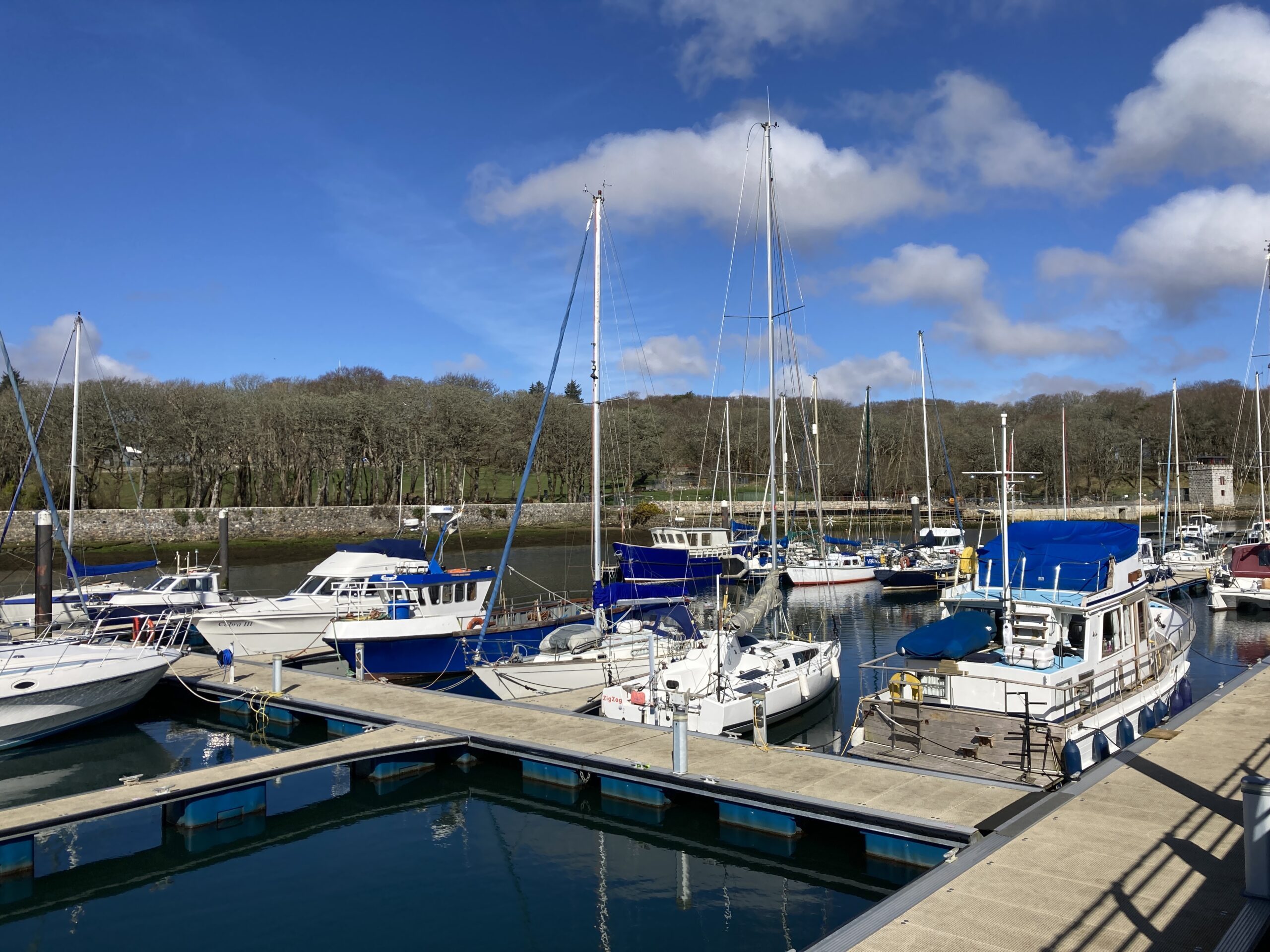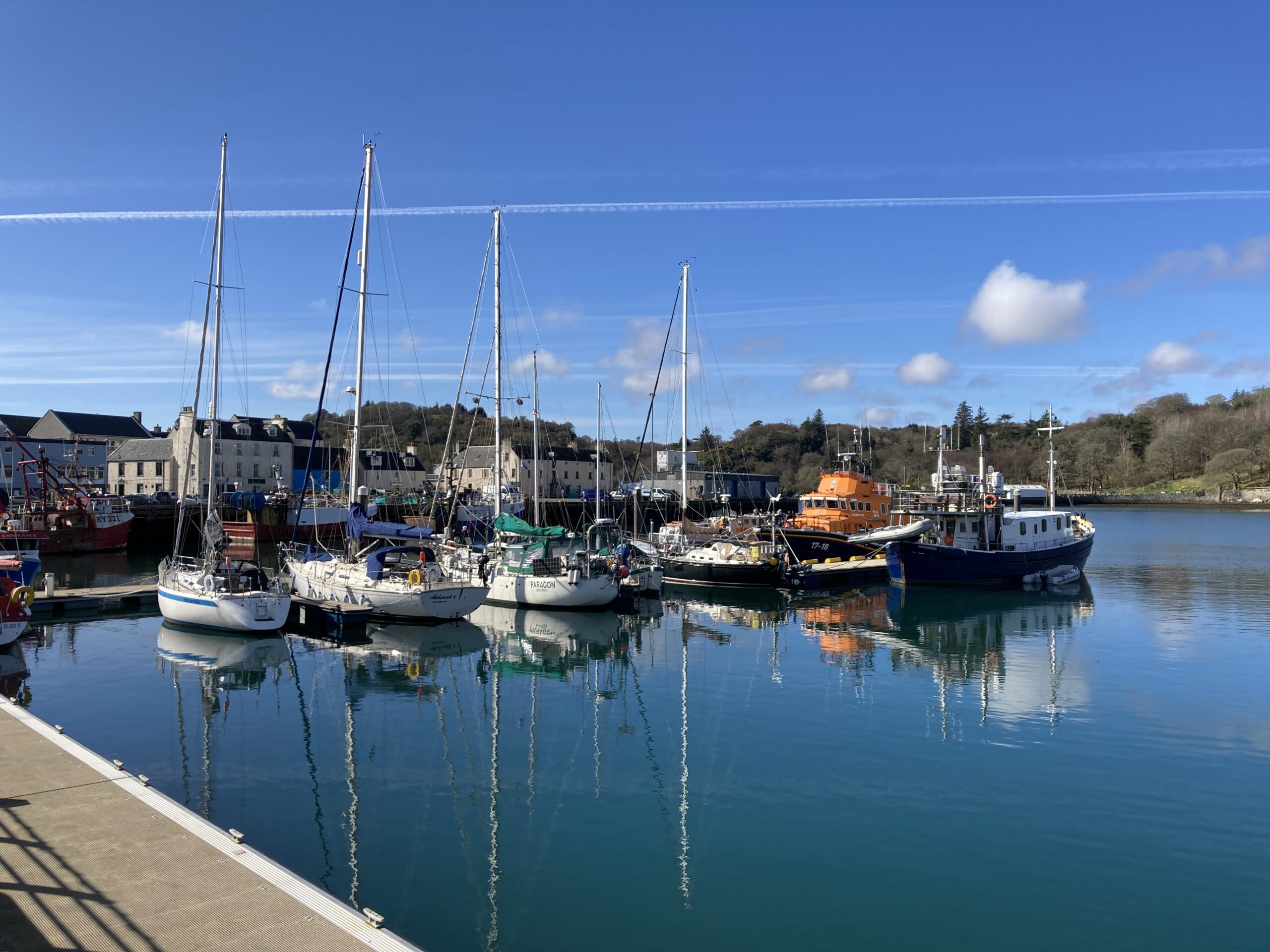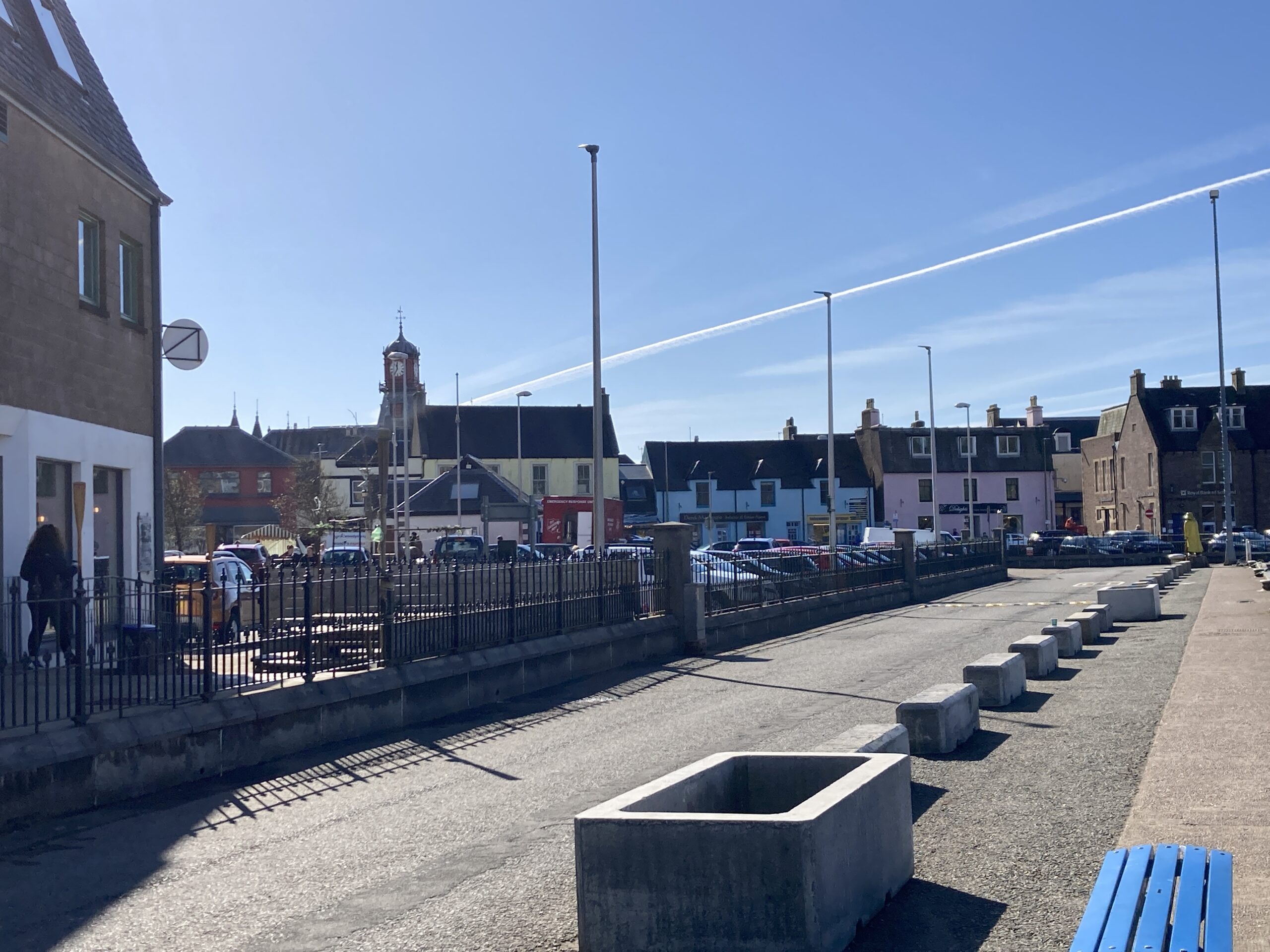Stornoway




Stornoway is situated on the east coast of the Isle of Lewis and has a rich history, culture, and natural beauty that makes it an attractive destination for visitors.
It is a historic, yet vibrant, modern town that serves as the commercial and cultural heart of the Outer Hebrides. It has a population of approximately 8,000 residents and offers a range of amenities, including shops, restaurants, hotels, and recreational facilities. The town’s harbour remains a bustling centre for fishing and maritime activities, as well as a gateway for ferries connecting the Outer Hebrides to mainland Scotland.
The origins of Stornoway can be traced back to the early Norse settlements in the Outer Hebrides during the 9th and 10th centuries. The name Stornoway is derived from the Old Norse ‘Stjórnavágr,’ which translates to ‘Steering Bay.’ The town was an important center for trade and commerce during the Norse period, owing to its strategic location and natural harbor.
In the following centuries, the Outer Hebrides changed hands several times, with the Kingdom of the Isles, the Scottish Crown, and the MacLeod and Mackenzie clans all exerting control over the region. The town developed into an important fishing and trading hub, with a growing population and expanding infrastructure.
In 1844, Sir James Matheson, a wealthy merchant, bought the entire Isle of Lewis, and invested heavily in the town’s development. He constructed Lews Castle, a large Victorian-style mansion, and established roads, schools, and churches. In the late 19th century, the island was sold to Lord Leverhulme, who further invested in the town’s infrastructure and industry.
Some of the key attractions in Stornoway include:
- Lews Castle: This 19th-century castle is now home to a museum and archive, which showcase the history and heritage of the Outer Hebrides.
- An Lanntair: A contemporary arts centre that features exhibitions, performances, and events celebrating the region’s unique culture and creativity.
- Stornoway Harbour: A picturesque harbour that offers opportunities for boat tours, fishing, and leisurely walks along the waterfront.
- The Lewis War Memorial: A striking monument that commemorates the soldiers from the Isle of Lewis who lost their lives during World War I and World War II.
- St. Columba’s Church: A historic church built in the late 18th century, which is an important centre for religious and community life in Stornoway.
Stornoway also serves as a base for exploring the many natural and archaeological attractions of the Isle of Lewis, including the Callanish Standing Stones, the Carloway Broch, and the stunning beaches at Uig and Tolsta.